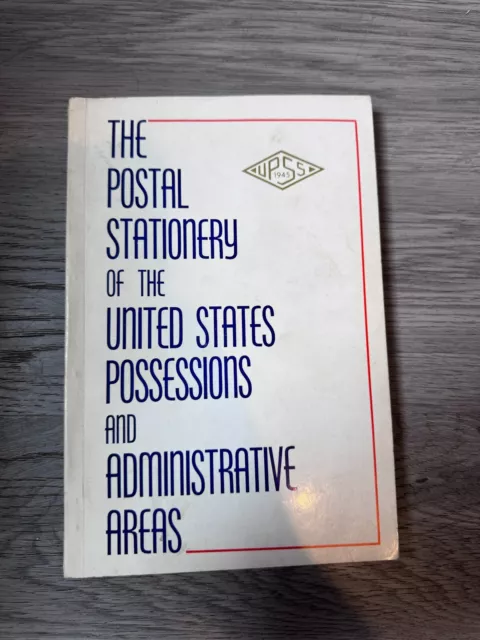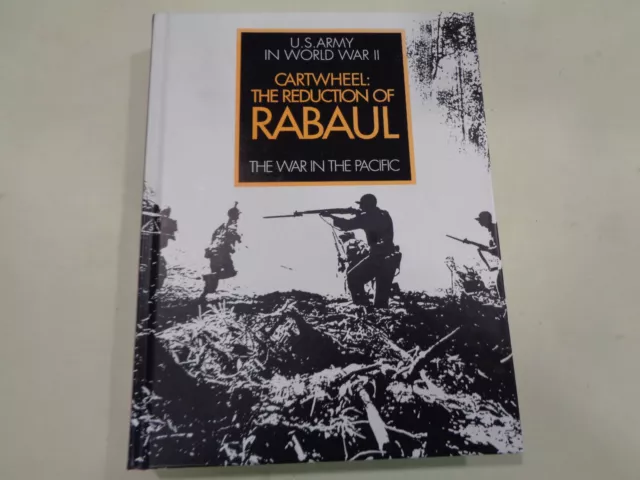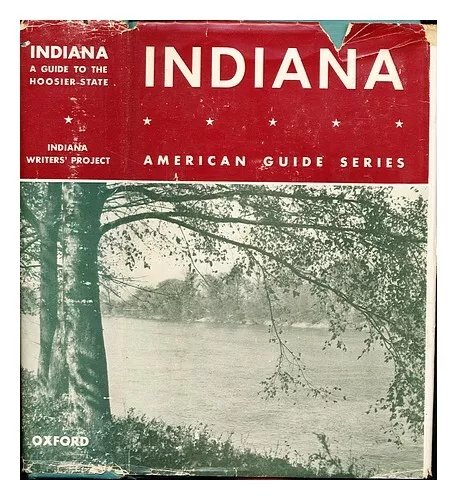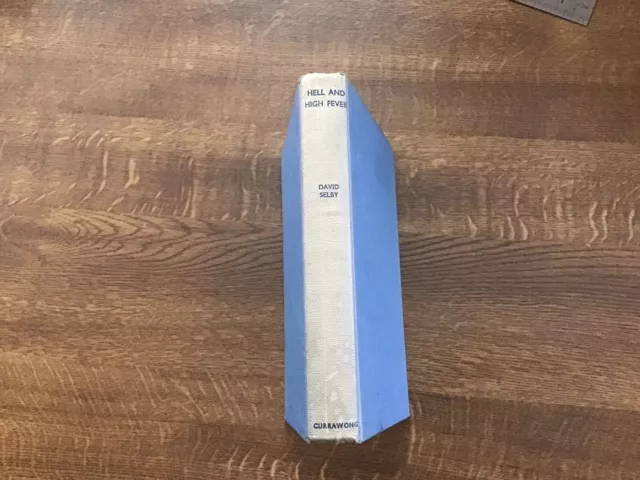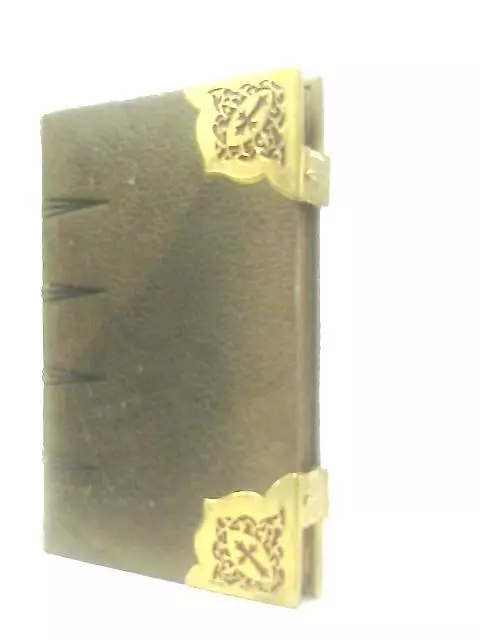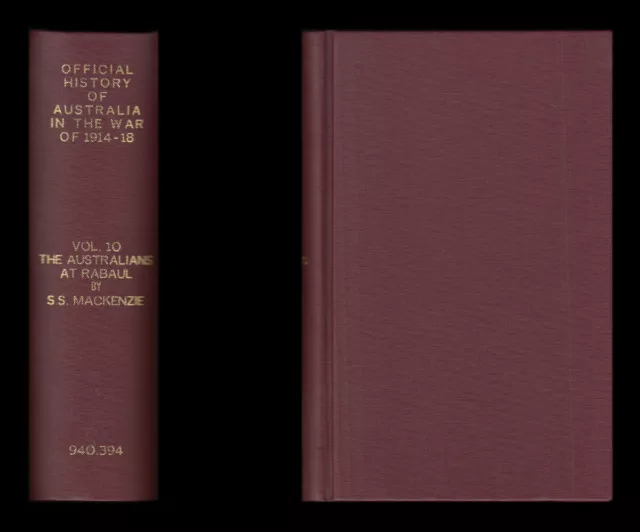|
|
Volume X – The Australians at
Rabaul.
Excerpt:
VIII – The Capture of the Komet
IT has been mentioned in a previous chapter
that the Government steamer Konret, after evading the Australian fleet in
St. George’s Channel on the night of August 13th, landed the German
Governor, Dr. Haber, near Rabaul in the early morning of August ~qth, and
then, with only thirty tons of coal left to take her to sea, sought refuge
at a place on the north coast of New Britain. These facts were not known to
the occupying force. An inspection of German official files and the Treasury
books revealed the existence of the Komet, the Governor’s new administrative
yacht, of 977 tons displacement, the property of the Protectorate, and
showed that she had been purchased out of the funds of the Territory. On
taking over the administration Colonel Holmes demanded this vessel, in
accordance with the terms of capitulation, as government property ; Dr.
Haber thereupon stated that, in accordance with instructions, he had trans-ferred
the vessel to the German East Asiatic Squadron on September Ist, and was
consequently unaware of her whereabouts. Haber’s official report shows that,
shortly before the wireless station at Nauru was put out of action, a
direction was received by radiogram from Admiral von Spee that the Komet was
to take coal to a specified group of islands, and that the steamers Sicmafra
and Meklong, which were then lying in Buka Strait loaded with coal and
provisions for von Spee’s cruisers, were to proceed to the same rendezvous
It is now known, from the Komet’s log, that the “specified group of islands”
was Angaur in the Pelew Group. The Konirt was therefore at the end of August
called up to Weber Harbour, but, before reaching that place, was intercepted
at Massaya Bay.’ Her captain was given orders in accordance with voti Spee’s
message, and she was placed entirely at the disposal of the German fleet.
She reached Angaur on September 14th. went to sea again, and held on and off
waiting for the auxiliary cruiser Prim Eitel Friedrich, which she met on the
following day off Malakal Harbour in the Pelews. She remained in that
harbour in company with the cruiser until September 24th. On the 26th
wireless messages, including signals of the British destroyer disturbed the
Koinef’s captain; he put to sea, and made a long detour to the east before
shaping a course for Durour in the Western Islands. Here she took in
provisions . . . Then, leaving the Witu group on October 4th, she
again sought her place of refuge in New Britain, and attempted without
success to get into wireless communication with the seat of government by
way of the Baining Mountains.
Thus in the early part of October, 1914, the Komet was lying concealed at a
place on the north coast of New Britain which is now known to have been
Komethafen, about 170 miles from Rabaul. It was here that she had received a
cargo of coal from the Siar during August,’ and her hiding-place was thus
known to the Siar’s native crew, who on their return to Rabaul had spread
rumours about the Komet being at Talasea, the native name for the country
round Komethafen. Haber had in fact advised the captain of the Komet that it
would be safer to seek another refuge, as the Saar‘s crew might betray the
locality, but Moller brought his ship back to her usual place of
concealment.
Haber’s intimation that the Komet had been placed at the disposal of the
German fleet as from September 1st was conveyed verbally to Rear-Admiral
Patey immediately after the Governor’s surrender, but up to the beginning of
October her whereabouts had not been ascertained. On the night of October
3rd the Australia and the Montcalnz left Rabaul for Suva, and the following
day the rest of the Australian war- ships steamed out of Blanche Bay,
proceeding either to Suva or to Sydney. Prior to the departure of the fleet,
instructions from the admiral had been left with the harbour-master at
Rabaul (Lieutenant-Commander Jackson) that the Madang was to be kept in
commission for the use of the Administrator between Rabaul and Herbertshohe;
the crews of the Nusa and the Sirmatra were to be paid off and the ships
themselves laid up after removal of their eccentric straps. These steamers
had, at the beginning of the military occupation, been captured by ships of
the Australian Navy, and they were afterwards armed and employed in scouting
for the fleet. On the night on which the Australia and Montcalm left Rabaul
a wireless message in German was intercepted there, and could not be
accounted for. On the following day Colonel Holmes received information that
the Komet was concealed on the north coast of New Britain. He at once wrote
to Captain Lewins of H.M.A.S. Encounter the following letter, which reached
him as the cruiser was weighing anchor to proceed to Suva:-
“I have just received information from Captain Fry6 that he was
informed by Mr. Whiteman at luncheon time to-day, that the Steamer
Komet is at present in hiding on the North Coast about 100 miles
from here; that the masts had been taken out of her and erected on
shore to form a temporary Wireless Station, the vessel herself being
screened from view by being surrounded by coconut palms.
“ Mr. Whiteman is at present in Rabaul, and is pre pared to take an
expedition to the place. “The erection of this temporary Wireless
Station may account for the message that was intercepted last night.
“In view of this information, which seems pretty definite, would it
not be well before you leave Rabaul, to send round and clear this
matter up, as it seems to me so long as the Komet is free to molest
any small ships conveying stores to this place our position here is
precarious.”
Captain Lewin sent back a verbal message to the effect that he had orders to
proceed to sea, and could not take any action. He explained that he was
unable to reply in writing. On the following day Holmes received from Lewin
a wireless message :-
‘I Regret I was unable to comply with your request, but did not consider
there was any risk of molestation from the Komet. Sumatra and Nzisa could
prevent that if it is necessary.”
Lewin had overlooked the fact that according to the admiral’s instructions
the crews of the Nusa and Sumatra were to be paid off and the ships laid up.
Holmes did not regard the position as one to be accepted with equanimity;
moreover he was anxious about the Moresby, which was daily expected to
arrive at Rabaul with food supplies. He therefore sent for the
harbour-master, and directed him to disregard the instructions as to paying
off the crew of the Nusa. After a conference with Jackson as to the
possibility of capturing the Komet, Holmes issued to him a commission in the
following terms:-
“I hereby order you to take command of the Armed Yacht Nusa. She is to be
known as H.M.A.S. Nusa and will, until further instructions, act under my
orders only. You will have under your command such officers and men as may
be required from the Naval Brigade attached to the Expeditionary Force under
my command.”
The Nusa had been armed with two 3-pounder guns. Holmes directed that one of
these should be replaced by a 12-pounder, which had been handed over to him
by the Navy and had been mounted on a field-carriage for land defence.
Jackson was further directed to proceed to sea, search the north coast of
New Britain, and capture the Komet. A small force of infantry, with a
machine-gun, was placed under the command of Lieutenant-Colonel Paton, and
embarked in the Nusa, which left Simpson Harbour early on October 9th. On
the following night Holmes received an enquiry by wireless from the Navy
Office:-
"Thursday Island heard signals in German plain language 4.45 a.m. 7th
October, reporting that Australia and all large men-0'-war had left Rabaul
going eastward. Did you hear this signal, and can you estimate where it was
made from? ''
Holmes replied that the message had not been intercepted at Rabaul, but that
a station was believed to be working at Tawanakus Bay7 and that an
expedition had been despatched in that direction.
On October 13th a wireless message from Jackson to the Administrator
announced the capture of the Komet, and a few hours later the two ships were
reported as entering Blanche Bay. Making the passage up the harbour, Jackson
transferred to the little Nusa, and led the way in, his prize following her
captor. By noon the Komet, flying the British flag, lay off Rabaul.
The story of the capture is best told in the following reports by
Lieutenant-Colonel Paton and Lieutenant-Commander Jackson :-
'' S.S. Komet, At Sea-13th October, 1914 The Administrator, Rabaul.
Sir,
I have the honour to report that, pursuant to your instructions, I
proceeded in the Nusa with Lieutenant-Commander Jackson and a party
of Naval and Military members of the Expeditionary Force, at 4 a.m.
on the 9th instant, for the purpose of (I) clearing up the situation
in regard to the Wireless Station working on the Island, and (2)
effecting the capture of the Komet.
"The Komet has been captured undamaged, and the wireless plant is
aboard and in working order.
"The vessel was located at Talassia,8 a small plantation on the
North Coast of the Island, about 160 miles S.W. of Rabaul. The Nzrsa
anchored at dusk on Saturday, 10th October, close up to a small
island near Talassia, and received there definite information of the
Komet's hiding place. At a conference between Commander Jackson and
myself that evening, the plan of attack for the next morning was
decided upon. Meanwhile a strict watch was kept that no
communication could reach the Komet from the Island or the steamer
leave her position without being noticed and coming under the fire
of our guns. As we steamed along at half speed in the haze at dawn
on the 11th, the masts of the Komet were observed through the trees
at a range of 1,500 yards. The Nusa went full speed ahead and
rounded the point behind which the Komet was sheltering (until then
unobserved) and stopped broadside on at a distance of 400 yards. I
proceeded in a boat with Mr. Whiteman as Interpreter under a white
flag. The Captain was dressing when I reached the Komet and
surrendered the ship in response to my demand. The necessary steps
were at once taken for the protection of the wireless room, engine
room, and all on board disarmed. Commander Jackson then came on
board and made all arrangements for the two vessels to leave for
Rabaul, and this was accomplished at dawn next day-Monday 12th.
"I desire to specially bring under your notice the zeal, initiative,
and indomitable energy of Commander Jackson, who is mainly
responsible for bringing to a successful issue this expedition. His
keenness is infectious and has been reflected in the whole of the
small party. I need hardly add that the negotiation of the
innumerable small reefs on the uncharted coast required all the care
and skill of an experienced navigator. He has been ably assisted in
this respect by Mr. Komine (Japanese), who volunteered his services
en route.
“ The preliminary information which enabled US to locate the
appropriate position of the captured steamer was supplied by Mr.
Whiteman, who accompanied the expedition as Intelligence Officer and
has been very useful in many ways.
“I would also like to mention Lieutenant Marsden, who fixed the
machine-gun in position on the Nusa, worked the range-finder,
overhauled the Hotchkiss gun on the Komet, and acted as Executive
Officer (Military) when the prize crew was placed aboard the Komet.
“ I am sending under separate cover :-
(I) List of Prisoners (German) .. 5
(2) List of Crew . . .. .. 52
(3) List of engagement of crew, shewing wages paid and owing.
J. PATON, Lieutenant-Colonel.”
‘‘ H.M.A.S. Komet, At Sea, Monday, 12th October, 1914. Sir, I beg to submit
to you this my report on capture of Komet; undamaged and with wireless
intact. “Acting under your orders, and on information received, I proceeded
in Nusa to Talassia, a district on North Coast of Neil Pommern, 170 miles
S.W. b. W. from Rabaul, and anchored on the evening of Saturday 10th instant
under the lee of a small island off Talassia. This Island has a native
village on it, and some of the natives on board Nusa had relations in the
village, which at once put matters on a good footing. “ Nusa approached this
Island with great caution, keeping close into Neu Pommern coast and feeling
her way among the off-lying reefs, thus making use of a line of approach
which would never be guarded against by the Komet should she be where we
expected.
“Owing to a dense haze our approach was entirely unobserved by Komet (as
will be seen later), and from very perfect native information obtained on
the island we were able to lie all night with guns trained on spot where
Komet must emerge should she leave her anchorage before morning.
“It was impossible to attack on Saturday evening owing to failing light and
tortuous channel among reefs.
“ At 5.45 a.m. on Sunday, October I Ith. Nusa weighed and proceeded towards
Kornet, approaching in perfect silence, engines at half speed and with white
flag at fore. The Native Chief from the Island was on the fore bridge with
me and was of great assistance, as the reefs were barely visible at that
early hour; also from his information we were able to keep Nusa’s guns
trained on Komet through trees, she herself being as yet screened from view.
“As Komet’s masts appeared over the trees we obtained the exact range-thanks
to Lieutenant Marsden’s (machine-gun section) range-finder-and we at once
increased to “ full speed” and came right on to her, completely surprising
her crew (Captain of Komet not dressed and shaving himself),
Lieutenant-Colonel Paton then proceeding on board Komet in skiff with a
white flag-Mr. Whiteman with him as interpreter-and the Komet surrendered.
“ Komet carries one machine-gun (firing I lb. shells), which can fire at
rate of 35-40 shells a minute, a large number of rifles for native crew and
small arms for the officers, but thanks to the haze of Saturday evening and
Nusa’s inshore approach, Komet was absolutely un-prepared and had no other
course but to surrender. Nusa’s plan of attack was carefully considered by
Colonel Paton and myself on Saturday evening, and was decided on for
following reasons:-
(1) Should Nusa have kept off at 400 yards and shelled Komet it
would have caused damage unnecessarily and loss of life; also Nusa’s
shell supply is limited.
(2) Should Komet observe Nusa carrying out active operations against
her, her Captain would either have sunk Komet with dynamite or other
means, and also would have destroyed wireless
(3) A German Station was directly in line of fire behind Komet.
(4) It would probably be necessary to shell trenches and gun-pits
ashore after shelling Koniet, which would have wasted large
quantities of shrapnel.
(5) The German Governor having already SLIT-rendered, presumably his
yacht should be included in surrender and not be shelled.
I would point out the following additional points for your
consideration :-
(1) Mr. Komine (Japanese) of Rabaul was on board Komet, and thanks
to his help and knowledge of natives Komet was exactly located. Mr.
Komine showed great enterprise and an absolute indifference to the
probability of Nusa receiving Komet's fire; he also showed his great
anxiety to help us by abandoning his occupation of salving a wreck
off the Talele Islands in order to accompany the expedition.
(2) Mr. Whiteman of Rabaul accompanied the expedition, and it was
due to information previously obtained by him that Talassia was made
our objective.
(3) The Military Officer in charge of native labour supplied us with
natives from the exact locality where we hoped to find Koinet, and
the success of the expedition is very largely due to his
discrimination.
Supplement to paragraph 3. Since capture of Komet Mr. Whiteman has
acted as Paymaster of Koirzet and also as Naval Intelligence
Officer. Important information re enemy’s merchant cruisers is in
Komet’s log, and Colonel Paton, with the assistance of Mr. Whiteman,
has collected such information.
Mr Whiteman has also made a complete list of stores on board Komet,
and his business knowledge has saved me an immense amount of
trouble, my time being fully occupied in navigating the two vessels
under my command.
Lieutenant-Colonel Paton has taken charge of prisoners; two of
Komet’s officers were not on board Komet, but Lieutenant-Colonel
Paton has taken steps to secure them.
I have the honour to be, Sir, Your obedient servant,
J. M. JACKSON,
Lieutenant-Commander, R.N., Commanding H.M.A.S. Koinrt and H.M.A.S.
NUSO.”
In telling the Minister for Defence, on October 14th, that the Komet had
been captured Holmes suggested that the ship might be connected with the
message from the Navy Office on October 9th concerning German signals heard
by the station at Thursday Island. He also stated that he had placed the
Komet in commission, and proposed to send her, with the Acting Governor and
certain prisoners of war, to Sydney under Jackson’s command : and expressed
the desire that for urgent administrative reasons the Komet should be
effectively armed and returned to New Guinea at the earliest possible
date-with Jackson in command, as his local know- ledge was essential.
In a despatch of October 14th Holmes further stated: “My reasons for
recommending that the Komet be armed are that it is necessary to send
supplies from here to the principal places in other Islands of the Colony
where food is short and natives in some cases almost starving, which may at
any time rgive rise to serious trouble. The outbreak of war has interrupted
the regular service. Although it is believed the larger German war vessels
have gone South-East, there are still some smaller vessels-possibly the
Geier and Plunef-in these waters; until they are accounted for, and in the
absence of the Australian fleet, merchants will not risk the loss of
shipments. When the Komet is effectively armed, she will be able to act with
confidence in the protection of trade. Moreover it will be necessary for me
to visit Friedrich Wilhelmshafen, Kawieng in New Ireland, Kieta in
Bougainville, which I am unable to do at present for want of a suitable
vessel. I ask therefore, that no time be lost in dealing with the Komet and
returning her to me.
“ I cannot speak too highly of the services rendered by Lieutenant-Commander
Jackson, who has been most indefatigable and displayed qualities of
seamanship of a high order in navigating dangerous waters without being in
possession of accurate or reliable charts. It is on account of these
capabilities that I ask that lie be returned here in command of the Komet,
and that consideration he given to the question of granting him the rank of
Acting Commander as a reward for his services.”
|
|
